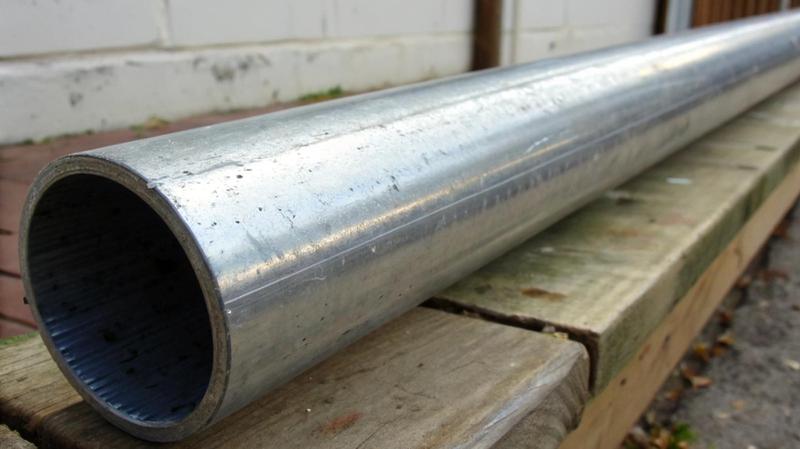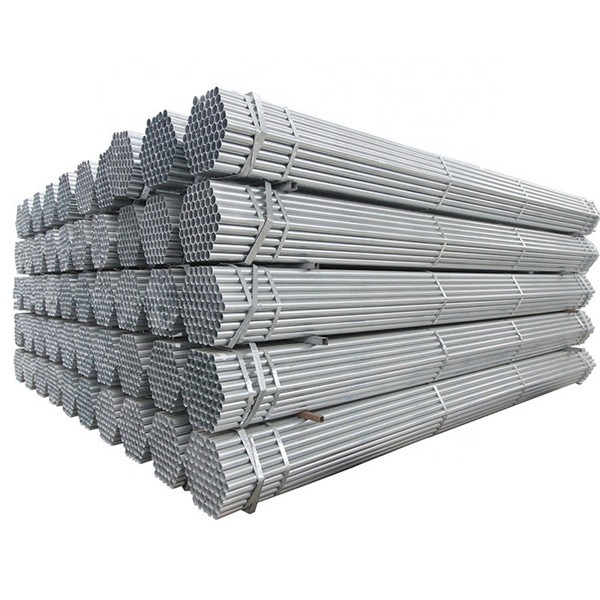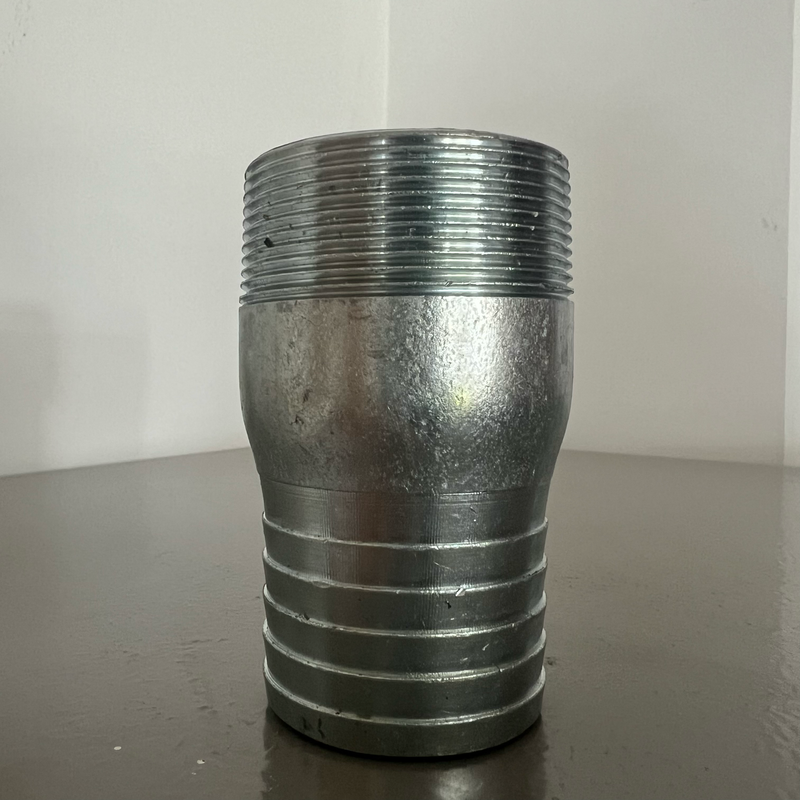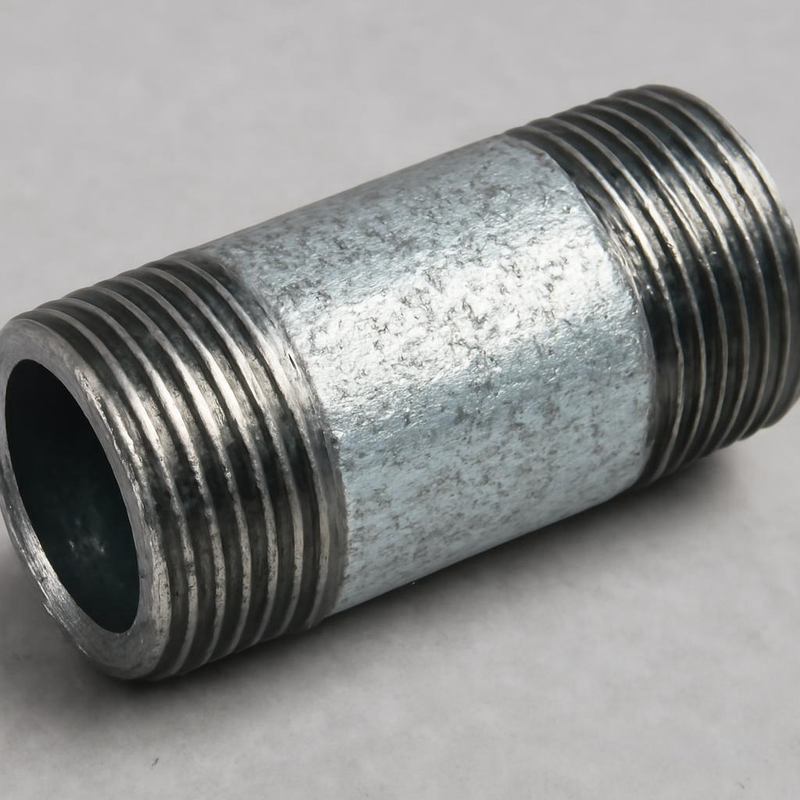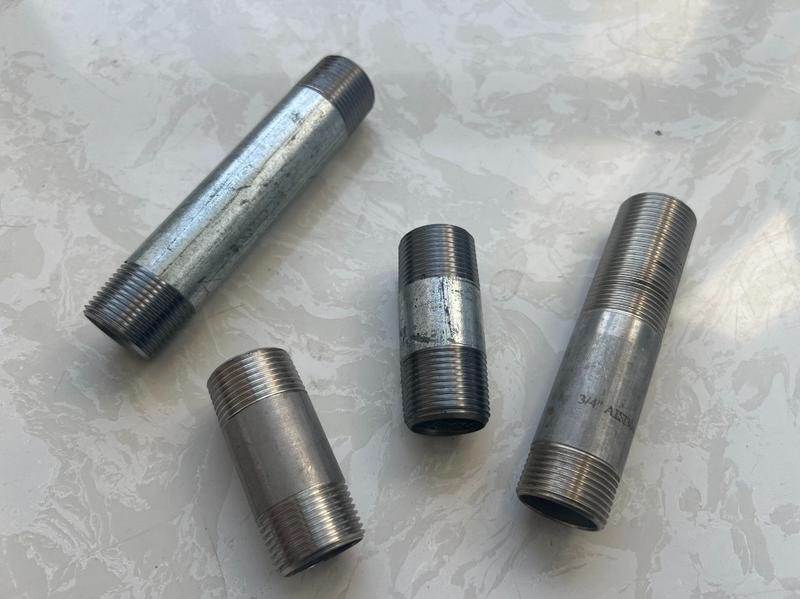Choosing the right materials is crucial for longevity and reliability when planning a plumbing, structural, or industrial project. Among the many options available, galvanized pipe fittings stand out for their exceptional durability and resistance to corrosion. This article explores galvanized pipes and fittings, their manufacturing process, various types, and significant benefits, illustrating why they may be the ideal solution for your needs.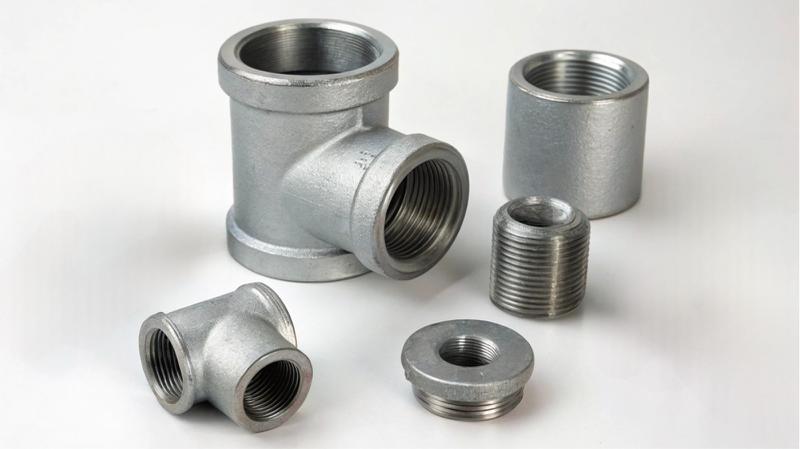
Understanding Galvanized Pipes and Fittings
Before we explore the benefits, let's clarify what we mean by galvanized pipes and fittings.
What is a Galvanized Pipe?
A galvanized pipe, often called the galv pipe or GI pipe, is a steel pipe coated with a protective layer of zinc. This zinc coating acts as a sacrificial layer, protecting the underlying steel from rust and corrosion.
What are Galvanized Pipe Fittings?
Galvanized pipe fittings are components used to connect, control flow, or adapt galvanized pipe sections in a piping system. Like the pipes, fittings are coated with zinc through galvanization, providing the same protective benefits. They are essential for creating complete and functional pipe networks. Common terms include galvanized coupling, galvanized nipple, galvanized pipe adapter, galvanized pipe bushing, and more galvanized pipe connectors.
The Galvanization Process
The key to the durability of these products lies in the galvanization process, most commonly hot-dip galvanization.
Hot-Dip Galvanization Explained
This process involves immersing the fabricated steel pipe or fitting into a bath of molten zinc. The steel reacts with the molten zinc, forming a series of zinc-iron alloy layers, followed by an outer layer of pure zinc. This metallurgical bond creates a robust coating integral to the steel, not just a surface layer.
Why Zinc?
Zinc is used because it is more electrochemically active than steel. This means the coating is scratched and the steel is exposed; the zinc will corrode first, protecting the steel from rusting. This is known as cathodic protection.
The Composition of Galvanized Pipes
Galvanized pipes and fittings are composed of steel or malleable iron and provide structural strength. The outer layer is the protective zinc coating, created through galvanization. This combination of strong base material and corrosion-resistant coating makes them suitable for demanding environments.
The Various Types of Galvanized Pipes and Fittings
A wide range of galvanized pipe fittings is available to meet diverse plumbing and structural requirements. Understanding the different types is key to selecting the right components for your project.
-
Galvanized Nipples: A galvanized steel nipple is a short pipe section with male threads on both ends. It connects two female-threaded fittings or pipes.
-
Elbows: Used to change the direction of the pipe run, typically at 90 or 45 degrees.
-
Tees: Allow branching off a main pipe run at a 90-degree angle.
-
Couplings: To connect two pieces of pipe in a straight line.
-
Unions: Similar to couplings, but allow for easier disconnection of pipes for maintenance without needing to rotate the pipes.
-
Reducers: Used to connect pipes of different sizes.
-
Caps and Plugs: Used to close off the end of a pipe or fitting.
-
Bushings: Used to reduce the size of a fitting opening, also known as a galvanized pipe bushing.
These components, with the galvanized pipe and fittings, constitute the foundation of numerous robust piping systems.
The Durability and Longevity of Galvanized Pipes and Fittings
One of the most significant advantages of choosing galvanized products is their exceptional durability and long service life.
Protection Against Rust and Corrosion
The primary benefit of the zinc coating is its ability to prevent rust and corrosion. This makes GI pipe and galvanized fittings ideal for outdoor applications or environments where moisture is present, significantly extending the lifespan compared to uncoated steel.
Long Service Life
Due to their resistance to degradation, galvanized pipes and fittings can last for decades, even in harsh conditions. This longevity translates into lower replacement costs and reduced maintenance over time.
Key Benefits of Choosing Galvanized Pipe Fittings
Beyond corrosion resistance, galvanized fittings offer several other compelling advantages.
-
Cost-Effective: While the initial cost might be slightly higher than uncoated steel, the extended lifespan and reduced maintenance needs make them highly cost-effective in the long run.
-
Strength and Reliability: Made from steel or iron, these fittings offer inherent strength and can withstand high pressure and mechanical stress.
-
Versatility: Applicable for various uses, from basic home projects to intricate industrial systems.
-
Ease of Installation: Many galvanized pipe connectors and fittings have threads, which make assembly fairly simple.
Are Galvanized Pipes the Right Choice for Your Property?
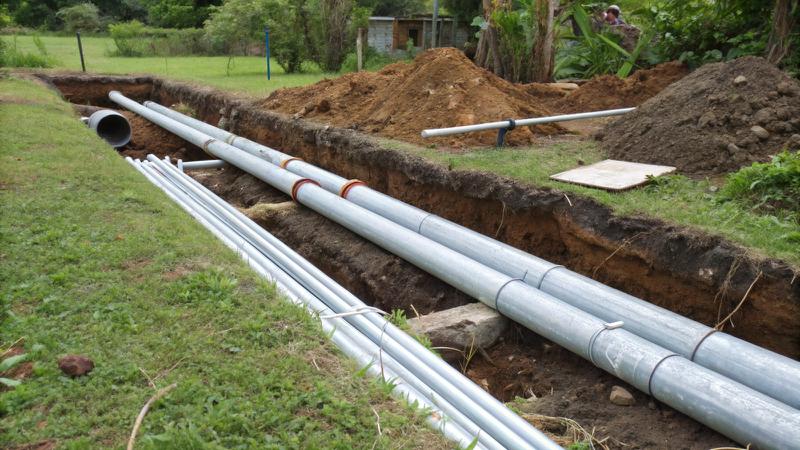
Galvanized pipes and fittings are suitable for numerous applications, including:
-
Non-potable water lines (irrigation, drainage)
-
Structural applications (handrails, fencing, supports)
-
Industrial piping systems
-
Outdoor plumbing
-
Some fire sprinkler systems
Important Consideration: Galvanized pipes were historically used for potable water; they are now less common for this purpose due to the risk of zinc buildup and flaking over time, which can negatively impact water quality. Always consult local building codes and regulations, especially concerning potable water systems.
Common Applications of Galvanized Pipe Fittings
You'll find galvanized pipe and fittings used extensively in:
-
Residential and commercial plumbing (drainage, vents)
-
Agricultural irrigation systems
-
Industrial fluid and gas transport (non-potable)
-
Construction (scaffolding, handrails)
-
Fencing and gate construction
Galvanized Pipe vs. Other Materials
Compared to materials like PVC or copper, galvanized steel offers superior mechanical strength and is often more cost-effective for large-diameter or structural applications. While copper is excellent for potable water and corrosion-resistant, it is generally more expensive. PVC is lightweight and easy to install; it lacks the strength and temperature resistance. The choice depends on the specific requirements of the project.
Conclusion
Choosing the right pipe materials and fittings is critical for any project. Galvanized pipe and fittings, including galvanized nipples, galvanized pipes, couplings, and more, provide an effective combination of durability, corrosion resistance, strength, and cost-effectiveness for various applications. By understanding their benefits and appropriate uses, you can make informed decisions that ensure the longevity and reliability of your piping systems. For projects requiring robust, long-lasting connections, galvanized fittings remain a trusted and effective solution.
